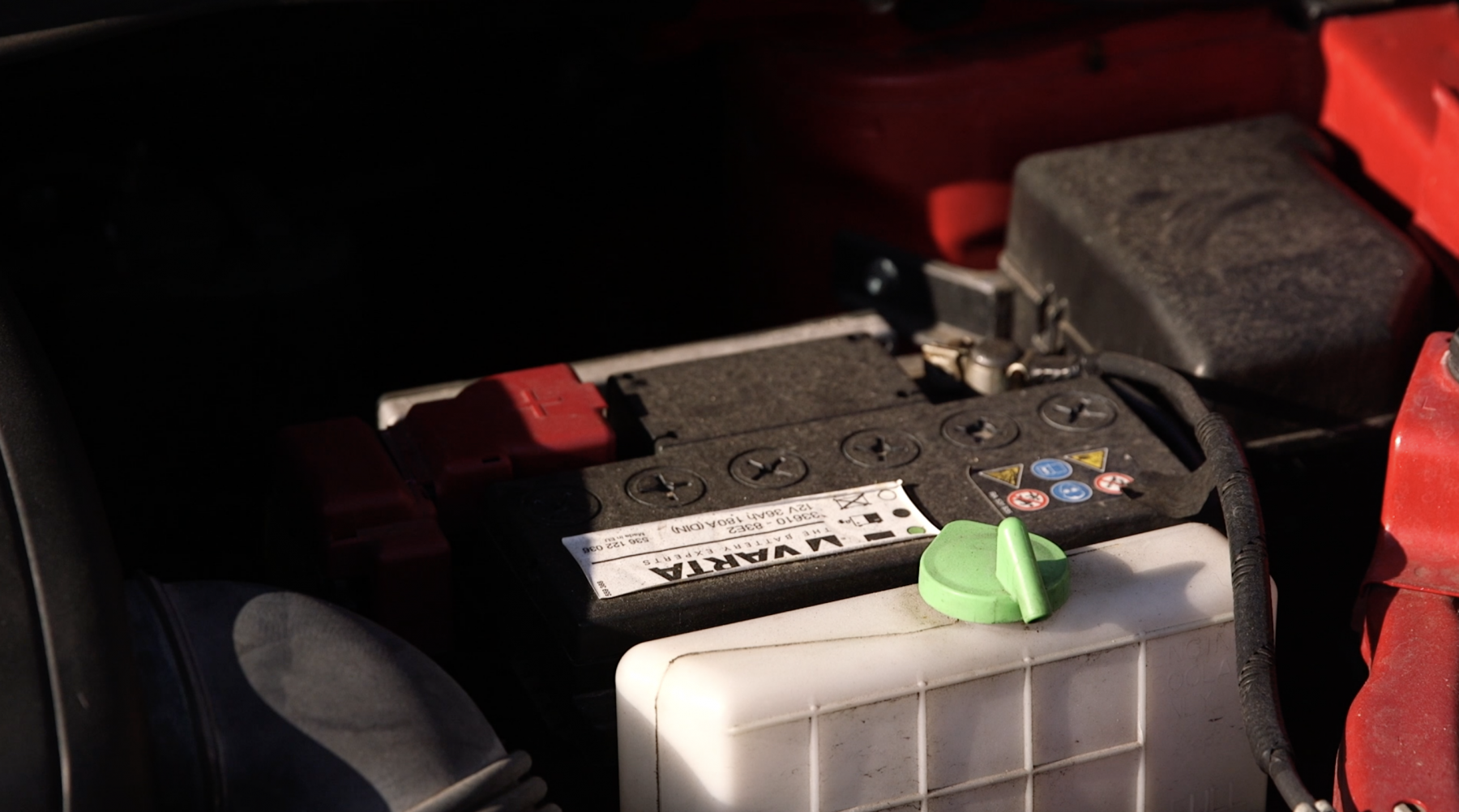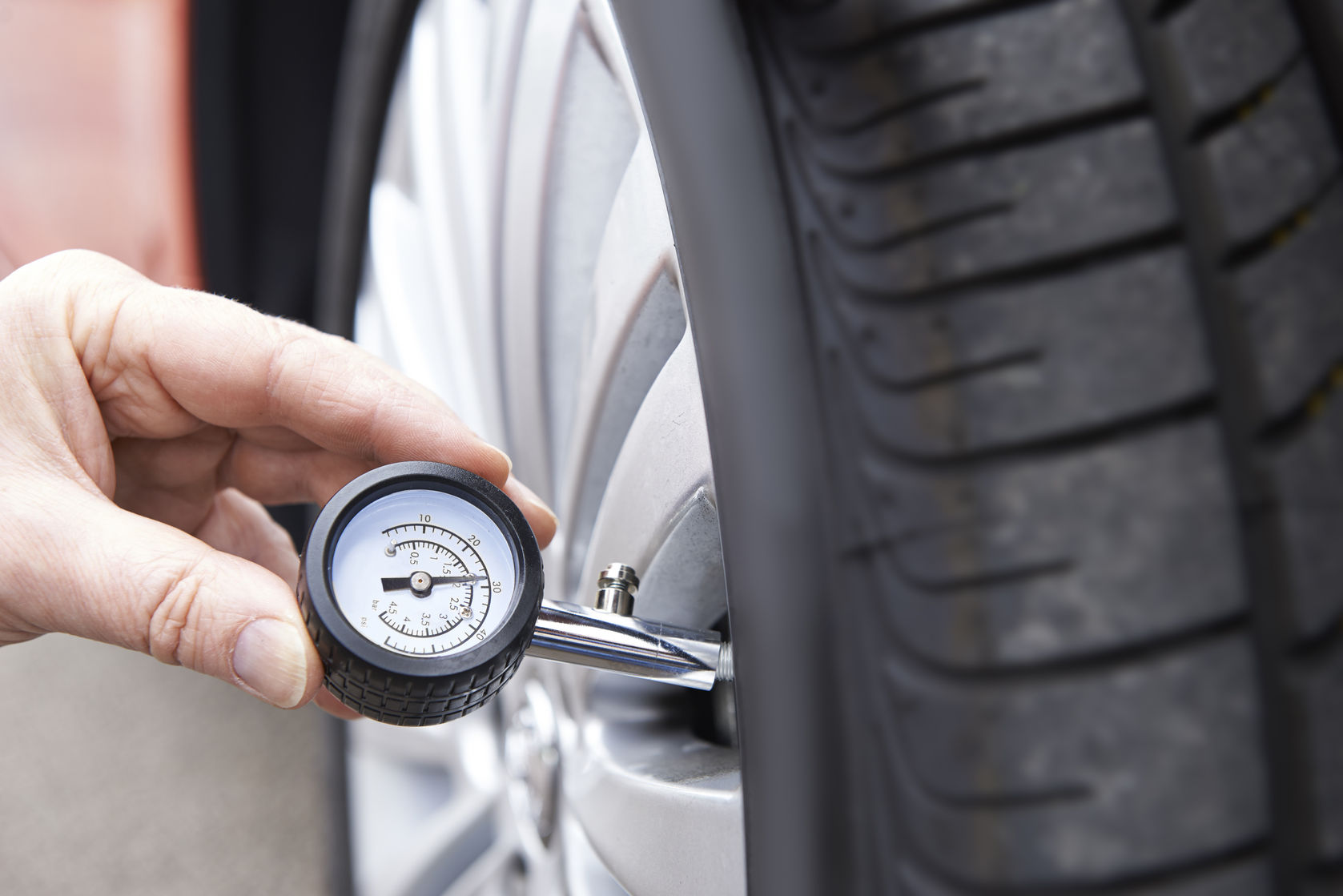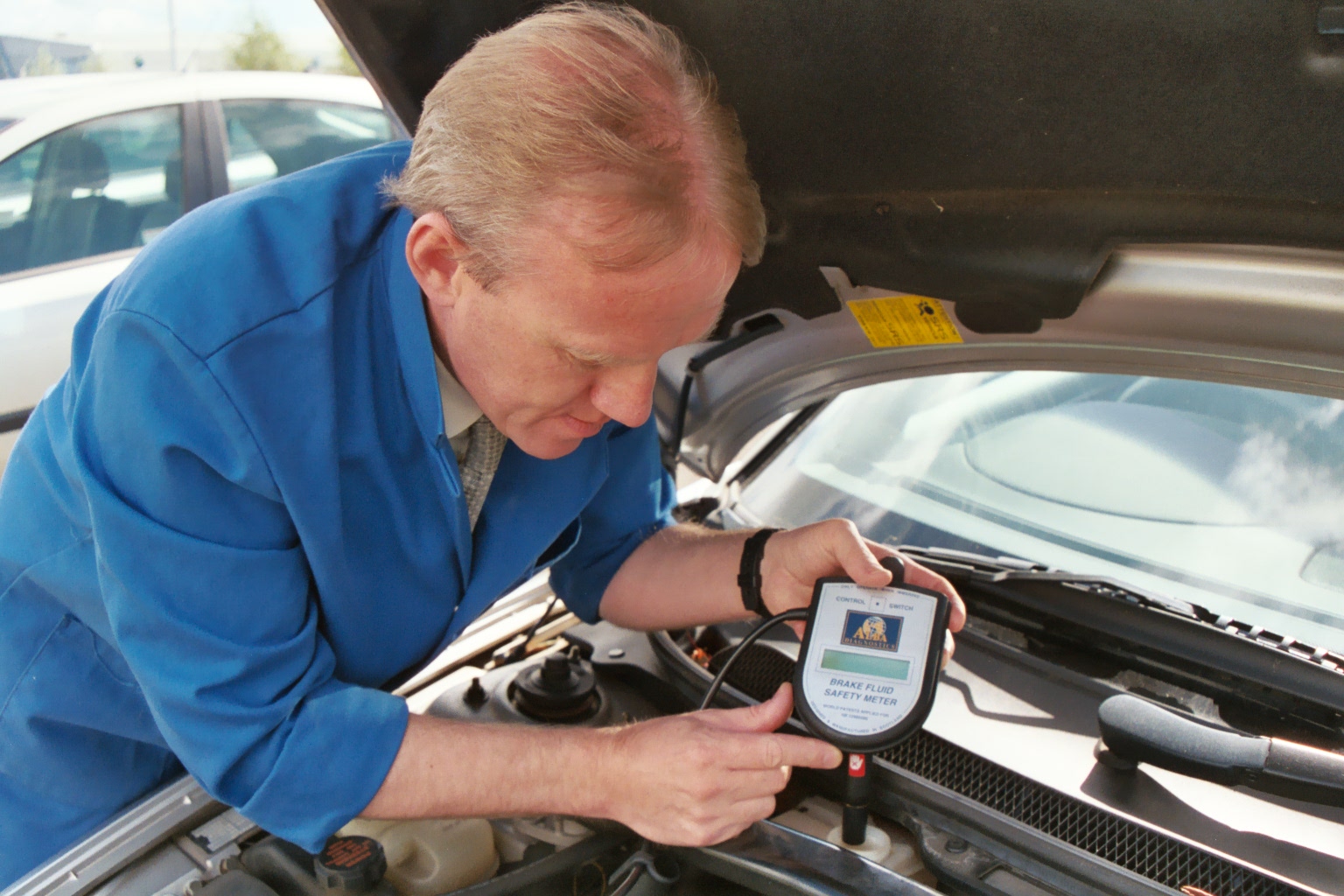As the winter months approach, it’s often best practice to shield a classic car away from the elements. Gritters, increased rainfall and less-than-pristine road surfaces can all play havoc with a classic, ruining fragile parts and damaging bodywork.
It’s why most classic car drivers put their pride and joy into hibernation over winter. However, what do you need to do beforehand – and during – to ensure that your car is left without damage during its deep sleep, and awakes in the spring as right as rain? Read on…
Give it a wash

This step is a reasonably obvious one. Giving your car a thorough clean will ensure that any contaminants on the bodywork or in the cabin will be removed, and therefore won’t be left to fester after the car is put away.
Even when a car is stored, any dampness left behind can eat into bodywork and components – so make sure that it’s thoroughly dried off before you put it away.
Find a proper place to store it

Again, a pretty obvious step. You’ve got to make sure that you have a proper place to store your car over the winter, be that a garage, lock-up or large shed – and anything in between. The most important factors are that it is watertight, dust-free (as much as possible) and void of damp, too.
You can also find inflatable car storage ‘bubbles’ which circulate treated air inside, effectively isolating the car from any outside fluctuations it humidity or temperature.
Disconnect the battery and equip a trickle charger

If you don’t disconnect the battery, it’ll eventually run out of charge and the car won’t start. Sure, you can just ‘jump it’ to get it started, but if the battery is left too long without charge it’s bad for its health.
By disconnecting the battery from the car and connecting a trickle charger, you can ensure that some charge is constantly put into the battery and slowly discharged, keeping the elements within it healthy. That means when it comes to starting your car up in the warmer months, not only will it start the first time, the battery will be in good health.
Pump up the tyres, or jack the car up

Keeping your tyres in good condition is really important. Not only are they the only point of contact with the road and therefore the first point of concern for safety, but flat spots can also create a really annoying rattle as you drive along.
And that’s exactly what you’ll get if you leave your car in the garage for months and don’t take care of its rubber boots. Leave the car standing and the weight of the car on the ground will flatten the contact point.
To avoid this, either put the car up on jacks or pump the tyres up to a higher pressure.
Check fluids

After a long summer of driving, it’s probable the fluid levels in your classic need a check over to ensure they’re all optimal and ready for next year.
Check the car’s oil to see if it’s in a healthy condition, there is a good amount — too little or too much can result in components seizing. Have a look to see if brake fluids and coolants are at good levels too, while it’s also worth topping up the windscreen washer reservoir.
Car cover
Once you’re done with the pre-storage cleaning, checks and other TLC bits, it’s time to put your classic away for the winter. We’d recommend storing it in a garage if possible, though whether inside or out, it’s always worth putting a car cover over it.
This will keep the bodywork away from the elements — working to prevent damage to the paintwork, and aid in protecting from corrosion. Car covers come in all different shapes and sizes, so it shouldn’t be a problem finding the right one for your car.

